#2
Nanomaterials Design and Simulation
This subgroup has interest in ...
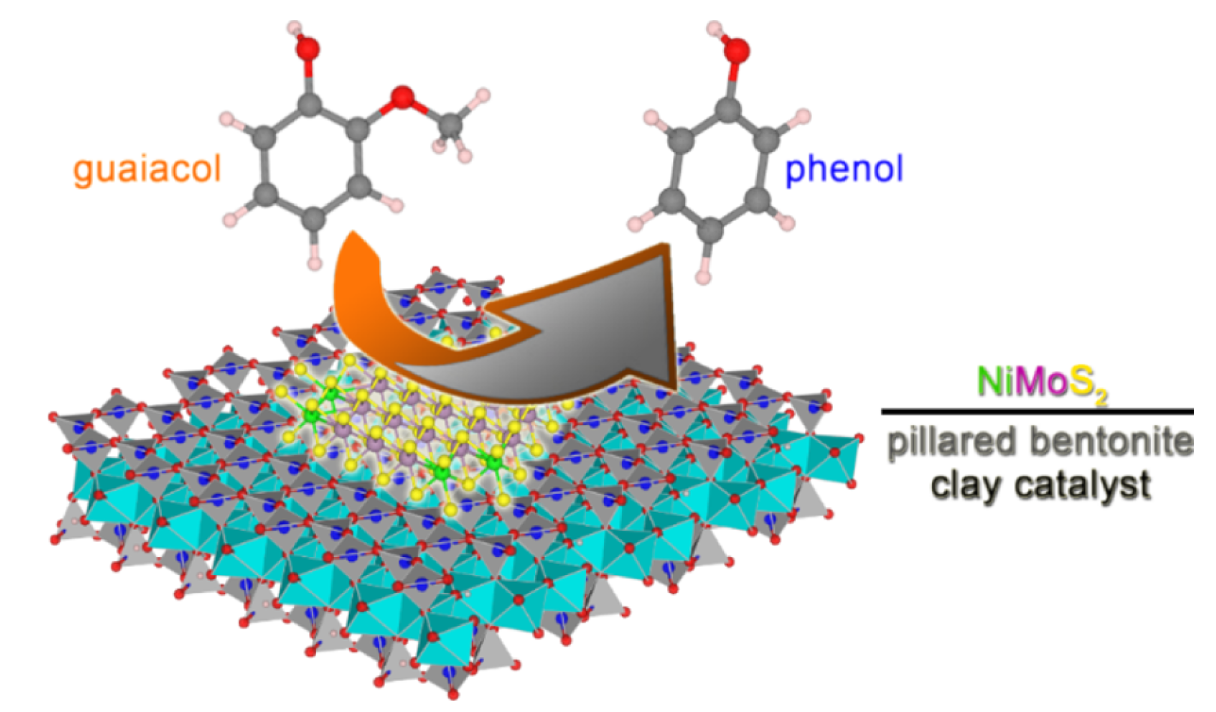
Catalyst --- Unravel chemical reactions that occurs on certain types of catalysts could be a formidable task since the activity and selectivity of catalyst are highly dependent on many factors such as size, shape, structure, oxidation state, pressure, temperature and so on. Basic and advanced catalyst characterization could only (sometimes) give partial information about their physical properties and catalytic activity. We perform density functional theory (DFT)-based calculation to explore possible sequential elementary reaction mechanism that might happen in very complex reactions when the reactants interact with catalyst. In addition, the calculation method is also being employed to further extract and process information from well-established optical techniques such as infrared and Raman spectroscopy, inelastic neutron scattering (INS), and x-ray absorption fine spectroscopy (XAFS) in order to provide a better interpretation and deeper understanding of molecular structures of the catalyst and its reactants.
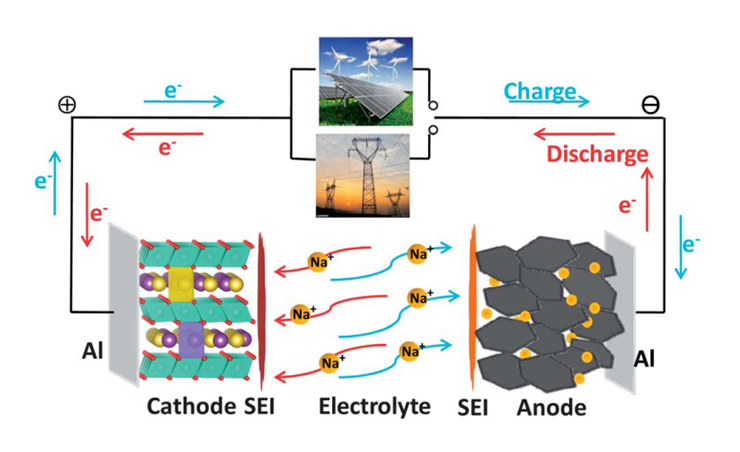
Battery --- For electric cars to be vastly accepted in the market, it would need hundreds of accessible charging stations that widely spread out in both urban and rural areas. Such high numbers of charging stations would require a lots of energy storage system (ESS), a massive stationary battery that holds MW h capacity. Sodium-ion batteries (SIB) have the potential to dominate the future market of ESS. Accordingly, we use computer-aided engineering design to assist fabrication of E-MoS2/graphene via hydrothermal and/or chemical exfoliation methods. First principles calculation is implemented to find the optimum interlayer distance of E-MoS2 that possesses higher rate of Na+ ion diffusion and elucidate its underlying mechanism. E-MoS2/graphene is being considered to be one of prospective fast anodes for SIB. Moreover, the use of inexpensive spent catalyst waste as the raw material will greatly influence the overall production cost.
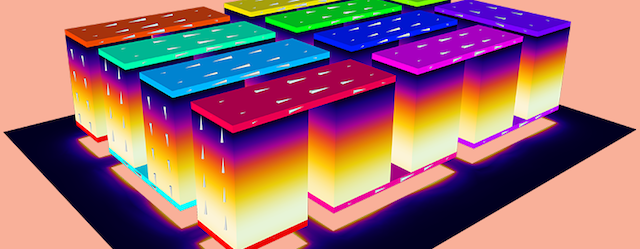
Thermoelectric --- Thermoelectric (TE) materials are a class of materials that can directly convert heat into electricity. The efficient TE materials should be thermally inert while electrically conducting at the same time. These requirements provide researchers a challenge in designing TE materials because the electrons transporting charges in conventional metals also carry heat. Our group works on the development of high-performance TE materials of perovskite-oxide materials, 2D materials, and topological materials. The performance of TE materials can be expressed by the TE figure of merit (ZT) that is composed of several materials properties such as the Seebeck coefficient, the electronic conductivity, and thermal conductivity. We use various computational tools such as density functional theory, tight-binding method, and Boltzmann transport equation to study the electron and phonon transport mechanism for improving the TE properties of materials.
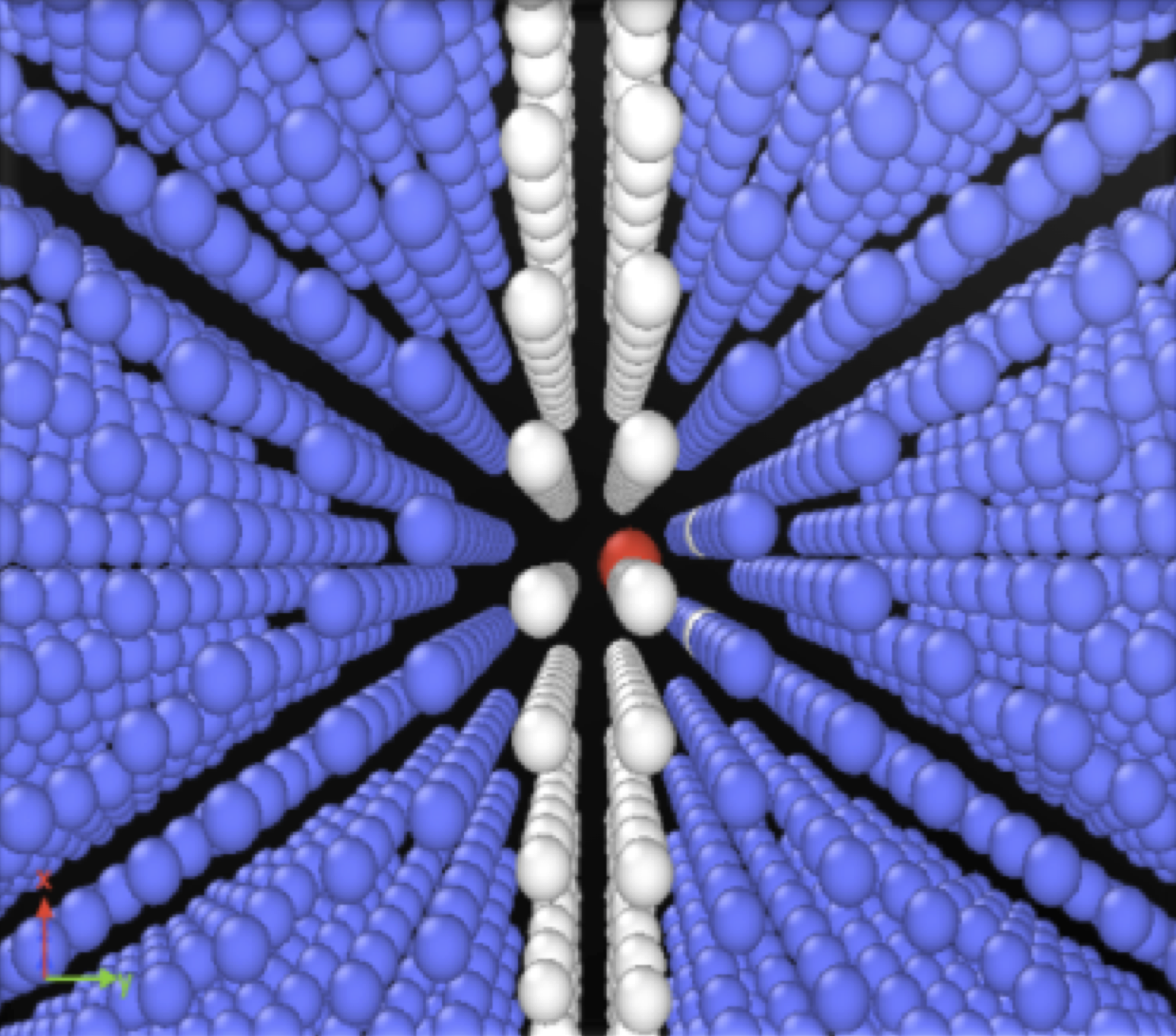
Hydrogen Embrittlement --- The presence of hydrogen in steels can cause dangerous embrittlement, which can lead to sudden failures, which becomes serious threat to the proper functioning of structural components across industries. The fundamental understanding of the root mechanisms by which hydrogen embrittles steel is still lacking. Hence, there is a strong scientific interest in understanding and controlling the underlying physical mechanisms behind HE. Two of the better-accepted theories are Hydrogen Enhanced Decohesion (HEDE) and Hydrogen Enhanced Localized Plasticity (HELP) would be systematically investigated. We used molecular dynamics simulations in order to get understanding of hydrogen interaction with dislocation and on how Hydrogen accumulates near grain boundaries. Here, the interaction of hydrogen atoms with different kinds of grain boundaries and dislocations in bcc and fcc Fe would be systematically investigated.
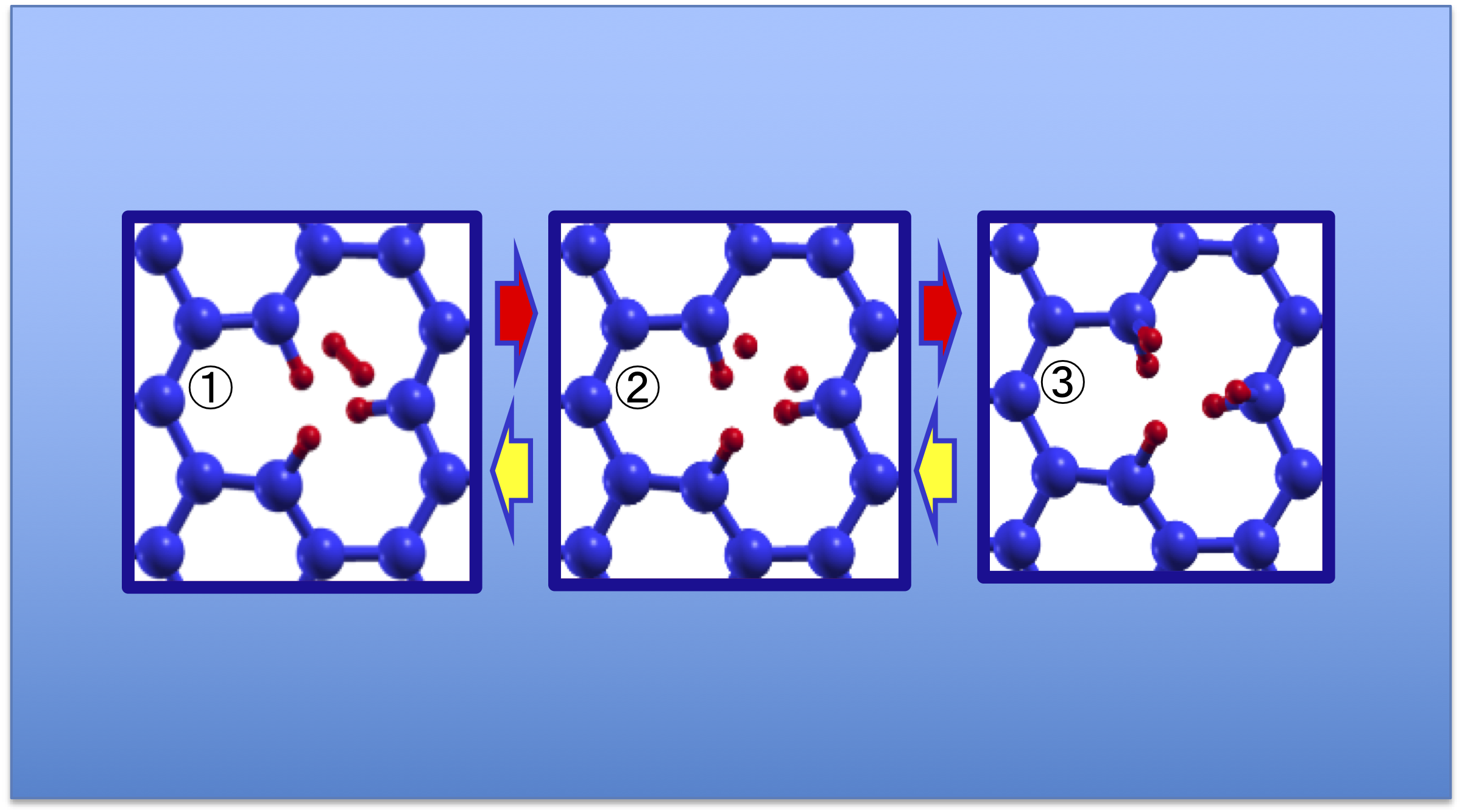
Hydrogen Storage --- Hydrogen (H2) is one of the most promising candidates for the replacement of current fossil-based fuels. H2 has high energy density and emits no carbon dioxide upon combustion. In order to advance H2 and fuel cell power technologies in applications such as transportation, industrial usage, and as fuel, research on H2 storage is of utmost importance. We have proposed 2D materials (graphene) as possible candidates for efficient hydrogen storage. In general, the hydrogen adsorption (low – high coverage of hydrogen) on the surface of 2D materials will be thoroughly investigated based on Density Functional Theory (DFT) approach combined with state-of-the-art molecular simulation techniques. The migration and desorption of hydrogen atom on the surface of 2D materials will be also investigated by calculating the minimum energy pathways within DFT framework.